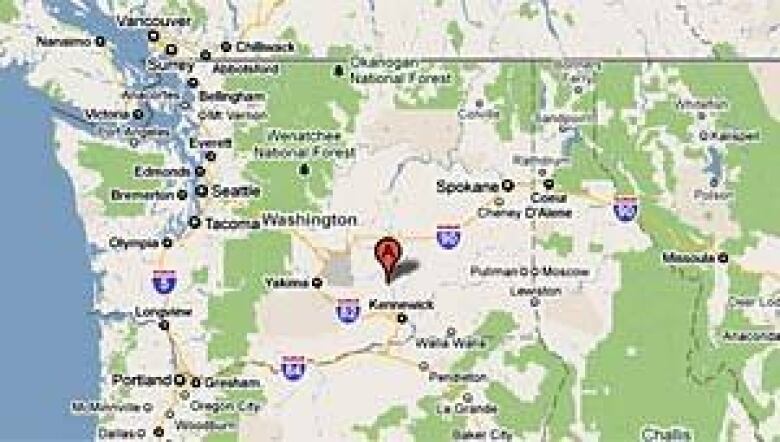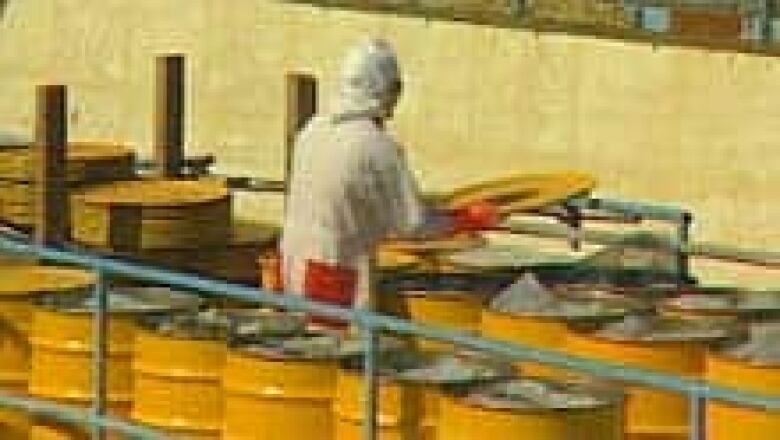Concerns raised over Washington reactor
The crisis at a Japanese nuclear plant is raising new concerns in B.C. about a similar nuclear reactor in Washington, about 400 kilometres southeast of Vancouver.
The Columbia Generating Station, near Hanford, Wash., uses the same kind of radioactive fuel rods as the Fukushima reactors, but its operators say the U.S. plant is safer.
"We're a newer reactor, by about 15 years," said Energy Northwest spokesman Mike Paoli. "We're a larger reactor."
However, when the station went into operation in 1984, the Hanford area was believed to be geologically safe.
'If you have an earthquake, a fire or explosion, some of these tanks will fail.' Tom Carpenter of Hanford Challenge
Now, studies showgeological faults thatrun from Vancouver Island to Hanford.
Mount St. Helens sits to the west of the reactor and seismically active Yellowstone National Park is to the east.
Also, while the Columbia reactor was built to withstand a 6.9 earthquake, geologists now believe there is a potential for tremors could hit a magnitude of 7.5.

"We're concerned that the spent nuclear fuel pool is the most vulnerable of the assets at the Columbia Generating Station and should be taken care of," said Tom Carpenter, Hanford Challenge's executive director.
Prevailing winds in central Washington normally blow from the northwest, away from B.C.
Dams upriver
But the area's strongest winds come from the southwest and in the event of a crisis of the sort occurring in Japan, fallout could be carried into southeastern B.C.
"If you have an earthquake, a fire or explosion, some of these tanks will fail and perhaps release materials to the atmosphere," said Carpenter.
Also, the nearby Hanford Nuclear Reserve holds radioactive waste generated as far back as the 1940's. The waste is stored in 170 aging tanks.
While the Columbia reactor is too far inland to be affected by a tsunami, major dams, including the Grande Coulee, sit upstream on the Columbia River.

Energy Northwest spokesman Paoli said the reactor is far enough from the river to provide a good margin of safety.
"We're [eight kilometers] away from the river," Paoli said. "Close to the river; not too close."
With files from the CBC's Eric Rankin













_(720p).jpg)


 OFFICIAL HD MUSIC VIDEO.jpg)
.jpg)



























































































